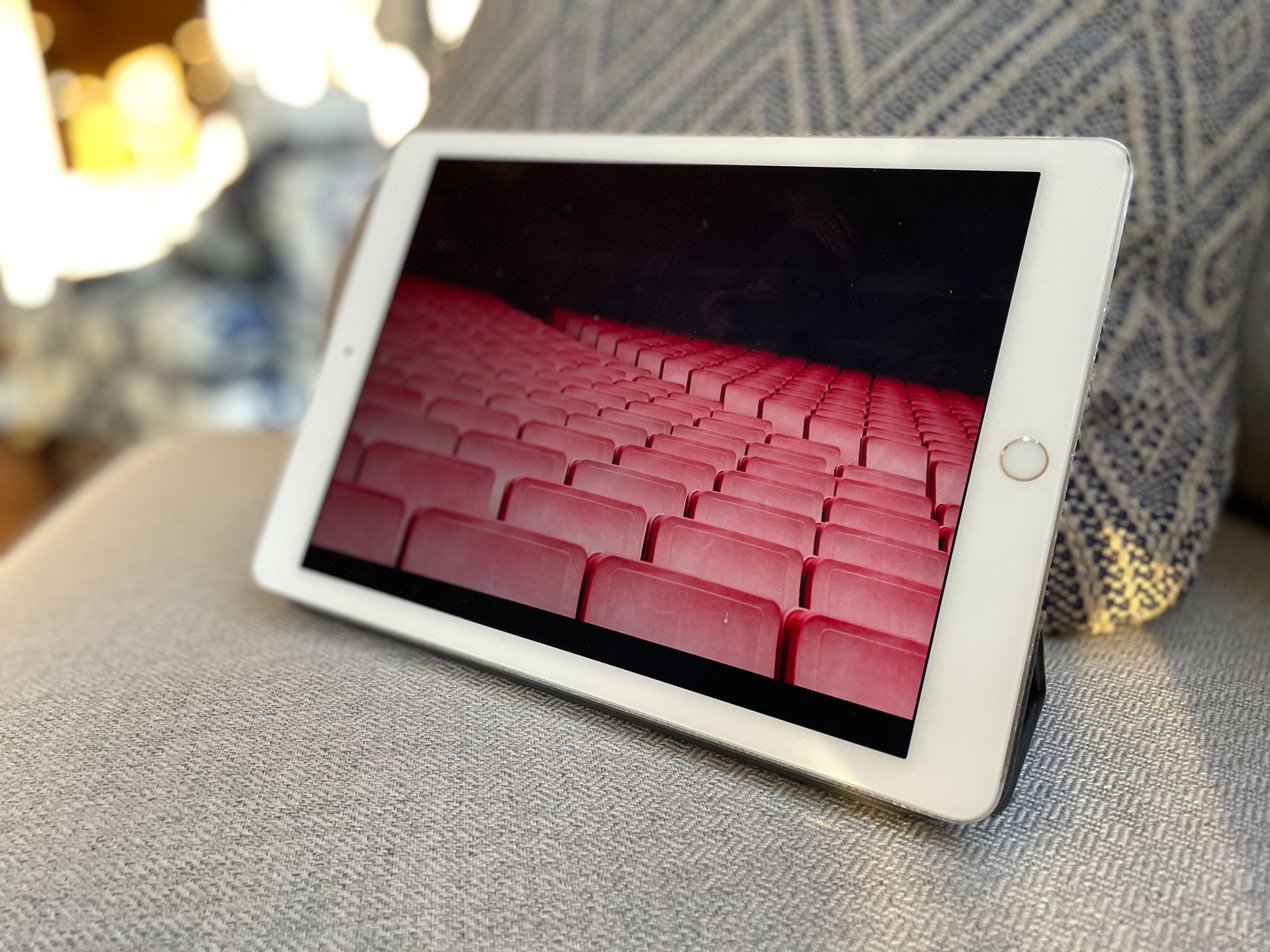
I miss live theater. As a playwright and actor, there is nothing like live performance to transport me out of everyday life and into the thrill of participating in a living story on stage. My play EverScape was in rehearsals for its first college production at William Peace University when Covid struck in 2020. EverScape was just one of thousands of shows shut down by the global pandemic, which saw professional theaters scrambling to adapt to a world where indoor live performance felt like an impossible health risk.
And we artists adapted, as they always do. Streaming live theater was not invented during the pandemic, but the coronavirus forced theaters to experiment on how they could deliver a compelling live performance via streaming. Today, the artform of streaming theater is blossoming as more theaters are developing streaming experiences for existing plays as well as new work conceived purely for the digital world.
As a technology writer who’s also a playwright, I’m excited by the potential of streaming platforms to enable anywhere access to live theater. So I took the plunge into streaming theater and bought a virtual ticket for Clyde’s, a new Broadway play by Pulitzer winner Lynn Nottage. The show was playing at Second Stage Theater simultaneously for both live and remote audiences. Here’s what my experience was like, and the ideas it gave me for how we can take streaming performances to the next level.
What it was like to stream a live Broadway play
I’ll begin by saying I’m a theater artist and enthusiast, not a professional critic. I’ll spare you my amateur thoughts on the artistic quality of the production, aside from saying I enjoyed Nottage’s play and would recommend it. If you’d like a critical perspective on this production, I refer you to the New York Times review. Instead, I’ll use this post as a place to talk about what I loved about the Clyde’s streaming experience and what was less than ideal.
The Good: Streaming theater is easy to enjoy
It is awesome to be able to see Broadway-caliber theater from my living room. Even before Covid, it was an ordeal to plan a trip to New York, find the best deals on theater tickets, and navigate to the theater. The ongoing pandemic also means everyone in the theater must wear masks and wonder if they’re risking infection or infecting others by sharing indoor space. And once the (90-minute no intermission) show starts, I’m stuck in my seat until it’s done. In short, live and in-person theater asks a lot of me as an audience member.
In contrast, streaming theater is absurdly convenient and easy. Headphones and a tablet were all I needed to watch top theater talent perform a great new comedy from my couch. I could also pause the stream whenever I needed a bathroom break or to get snacks, which I definitely consumed loudly with no other humans around to be bothered by it. I’ve seen a lot of plays in my life, and this was by far the easiest experience I’ve ever had.
The Not Good: Streaming theater is not present and too expensive.
While I appreciated the ease of streaming theater, easy doesn’t always mean better. Experiencing everything through a tablet screen was definitely lazier. I reclined, snacked, and even texted a buddy about the play while I watched it—something I’d never do in a physical theater. I got to watch the play, but I wasn’t at the show the same way the live audience was. The performers cued off the laughter and vocal reactions of the audience inside the theater, leaving streaming audience members like me invisible. In short, the experience was more like watching TV than being physically present in a great live show.
At $60, my streaming ticket for Clyde’s also wasn’t cheap. While $60 is less than half what you’d pay for a normal Broadway show, I know at least one working artist and Nottage fan who was priced out of streaming Clyde’s. The cost also seems surprising considering the theater could sell essentially limitless streaming tickets since they weren't bound by physical space. The producers may have assumed households were buying one streaming ticket to share, but this cost still dwarfed what I pay for my most expensive streaming TV service every month.
We need to increase access to theater, and streaming will be a big help.
All told, the positives and potential of my Broadway streaming experience outweigh the negatives. I got to see the original cast of a Broadway show by a Pulitzer-prize winning playwright without having to leave my house. Had I invited a few friends over and split the cost of the streaming ticket, most of my complaints about the price would be diminished.
I’d like to see more theaters integrate streaming options into their shows, both for Broadway and The West End as well as regional theaters doing new plays. A bigger marketing push for streaming tickets could have helped Clyde’s lower the price and reach more people. I was also surprised there wasn’t a student ticket option; with no obvious limit on virtual seats per show, why not make this excellent show affordable for college and high school students?
The big promise of streaming theater is widening access to great live performances for anyone with an internet connection. I look forward to more organizations and artists embracing this potential so we can share great theater with anyone ready to experience it.
